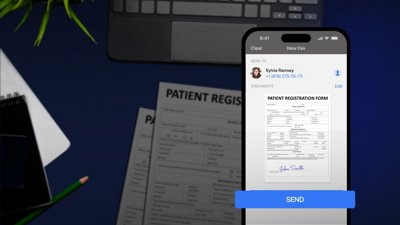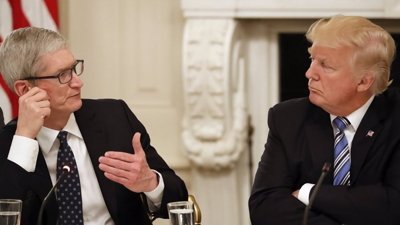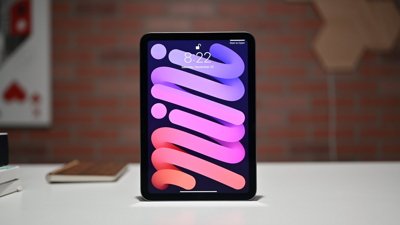AT&T views expansion of its free Wi-Fi hotspots for customers as a short-term solution for its 3G network issues, which have resulted in dropped calls and spotty reception for some users. Those problems, the company says, are due to iPhone users who consume large amounts of data, well more than the average user.
AT&T Mobility President Ralph de la Vega spoke with BusinessWeek in an attempt to clarify his comments made at an investor event in New York earlier this month. At that event, he was asked about how AT&T would deal with bandwidth-heavy users. De la Vega responded by saying the company has investigated giving incentives to users to "reduce or modify their usage."
De la Vega said he never intended for his words to suggest that data caps or tiered pricing models for iPhone users were imminent. "I guess I should have been more clear," he told BusinessWeek.
It's the second time in a week that he has made a high-profile effort to clarify his comments. Last week, de la Vega spoke with The Wall Street Journal to say AT&T had made no decision to implement tiered pricing.
AT&T's Wi-Fi strategy will utilize the service as a "lifeline" to keep users off of its 3G network and relieve some of the pressure. The nation's second-largest wireless carrier has announced an agreement with fast food chain McDonalds to waive the $2.95 charge for Wi-Fi use at the restaurants for two hours of access. Similar deals have been reached with Starbucks and Barnes & Noble.
Following the introduction of iPhone OS 3.0, AT&T saw 15 million users connect to its Wi-Fi network in one quarter alone this year. The company offers more than 20,000 hotspots.
Also a part in the strategy are "femtocells" that use a home Internet connection and serve as a mini cellular tower. Femtocells can be used to relieve dead spots in coverage in some homes, but the strategy also allows AT&T to have devices connect to a wired Internet connection rather than its 3G network. The 3G MicroCell was tested earlier this year in Charlotte, N.C., and offers 3.2Mbit/sec 3G service to users in their home.
AT&T's network has struggled since the successful launch of the iPhone 3GS, which has brought more bandwidth-heavy devices to its network. The wireless provider has been the subject of much criticism since June. AT&T has noted that 40 percent of AT&T's network capacity is consumed by just 3 percent of smartphone users.
Capital spending at AT&T is expected to decrease this year, from $20.3 billion in 2008 to $17 billion in 2009. Still, de la Vega reportedly said that the company's investments are beginning to pay off. For example, AT&T had fewer dropped calls in San Francisco the week of Dec. 7 than ever before. The company also has plans to further improve its coverage in major metropolitan areas, like San Francisco and New York, where there are more smartphone users.
 Katie Marsal
Katie Marsal






-m.jpg)






 Christine McKee
Christine McKee
 Amber Neely
Amber Neely
 Andrew Orr
Andrew Orr

 Sponsored Content
Sponsored Content

 William Gallagher
William Gallagher







37 Comments
First.
YAY!!!
This will be less of an issue when the iPhone moves to other carriers in the US. Unless those other carriers adopt AT&T's policies (or in this case, potential poliies), in which case there might be a problem. The answer to which would be greater competition driving down prices and making contract more palatable.
It really depends whether you see carriers as a cartel or not.
AT&T knows how many people use high data usage.
Why would they discount most of people not use more than 2 GB per month?
They are not stupid. They just don't want spend more money to expand.
But they have to say something for customer who has bad service.
This is just funny as always big company does not know what they doing.
They should set up data plan from start as $15 for 2GB/month and $30 for 5GB/month and $50 unlimited.
And every 1MB over plan limit should be $0.10 = $10 per 1GB.
So even people start with $15 plan but quickly they will jump to high plan as usage increase.
AT&T is scared sh*tless of its iPhone customers. Those execs ought to keep their mouths shut unless they have some good news to report.
Shooting off their mouths is not increasing shareholder value.
They should set up data plan from start as $15 for 2GB/month and $30 for 5GB/month and $50 unlimited.
That sounds like a fair policy as far as rates are concerned. I only use about 500 megs a month.